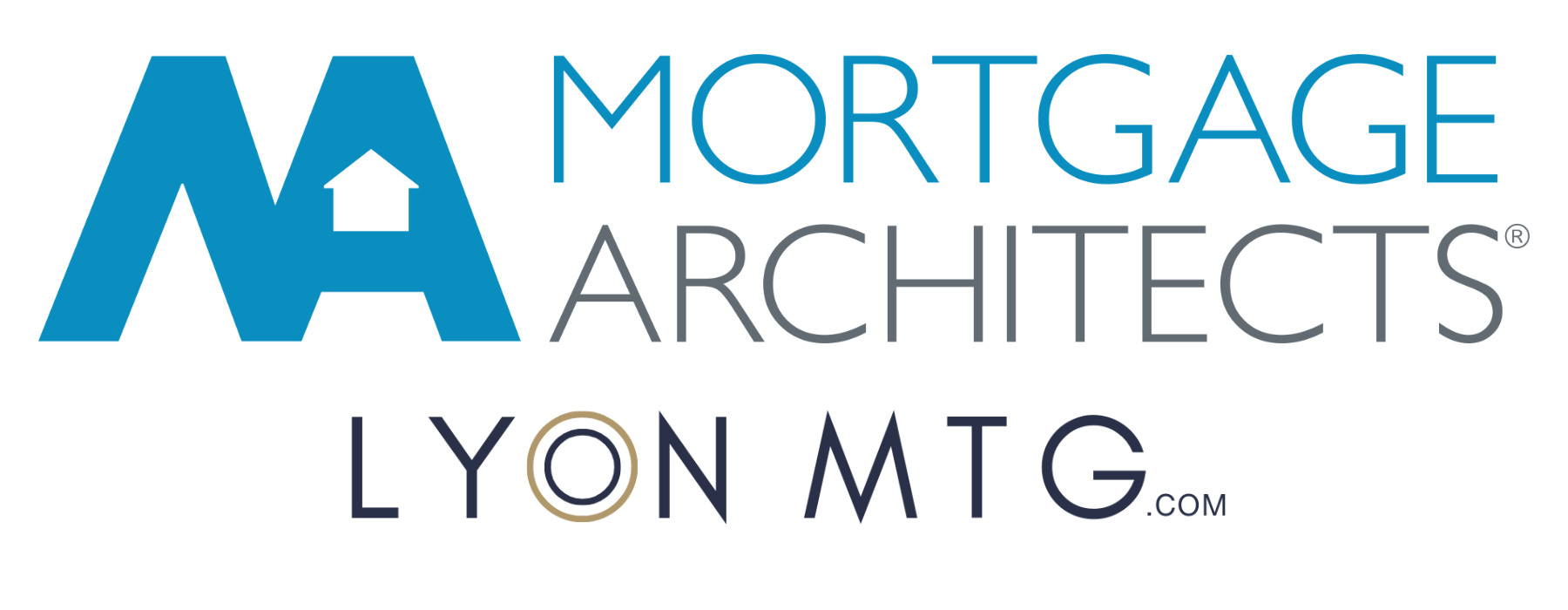FIND YOUR BEST MORTGAGE OPTION,
UNIQUELY TAILORED FOR YOUR FINANCES.
Tim Lyon. Mortgage Consultant.
Finding the best mortgage can be frustrating. It doesn't have to be when you follow my 3 step plan.
Get started right away
The best place to start is to connect with me directly. My commitment is to listen to your needs,
assess your financial situation, provide professional mortgage advice, and
guide you through the mortgage process.
Build a Clear Plan
Sorting through all the different mortgage lenders, rates, terms, and features can be overwhelming.
Let me cut through the noise.
I'll outline the best mortgage products available with your needs in mind.
Proceed with confidence
My goal is to make sure you
know exactly where you stand at all times. From your initial application through your mortgage renewal, I'm available to answer any questions for as long as you need a mortgage.
Independent and unbiased advice
In today’s real estate and financial markets, it can be hard to feel like anyone is in your corner. Navigating through the nuances of the financial world can seem overwhelming, confusing, or even like another language. This is where I can help!
Prior to becoming a mortgage broker, I graduated from the University of Victoria with my BEng in Mechanical Engineering. Following graduation, I worked for five years in technical sales, focusing on real world problem-solving for a wide variety of customers. This background allows me to bring a unique perspective to the mortgage industry, utilizing my analytical and interpersonal skills to find the best solutions for my clients.
In my personal time, I am an avid grappler. I have a long history in the sport, having both coached and competed at a black belt level in judo. More recently, I have turned my attention to a new athletic journey in Brazilian jiu-jitsu, where I can continue to grow my mental and physical skills.
Finding the right mortgage is stressful enough. Let me take some of the pressure off by helping you find the best mortgage options available for you at no cost to you. (OAC).
Nice things people have said about working with me.
Get started by completing my online mortgage application.
When it comes to getting the financial service you deserve, don't settle for slow, limited options and poor treatment – choose a mortgage broker who puts you first.
Let's run some numbers.
Everything you need, all in one place
As a trusted mortgage provider, let me help you with these services.
Click through any of the services to learn more
Mortgage articles to keep you informed.








